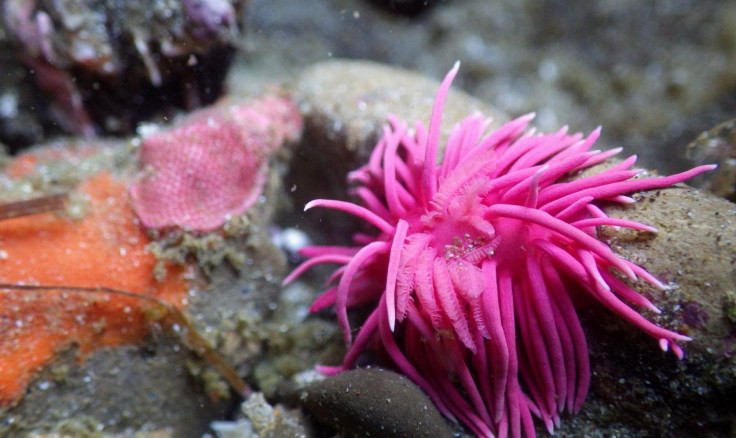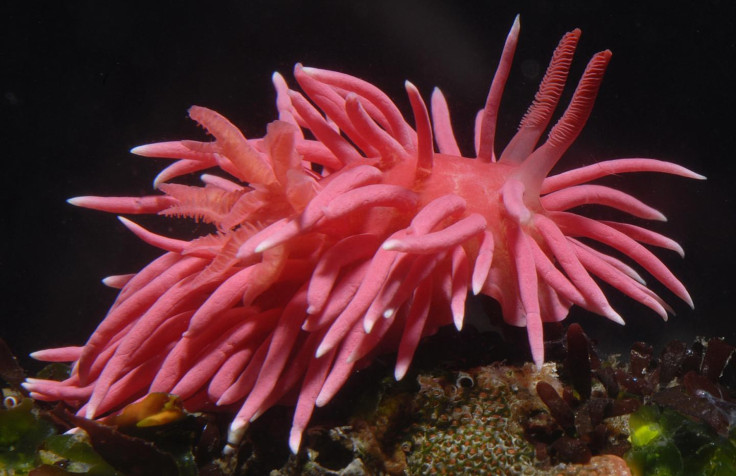California: Ominous explosion of sea slugs 'could signal forthcoming mass extinction'

The population explosion of sea slugs along the Californian coast in September last year was likely the result of warming oceans, scientists have said.
The bright pink inch-long sea slugs were found in tide pools along the state's central and northern coastline - Hopkins' Rose nudibranch are normally only seen in Southern California.
Published in the journal Limnology & Oceanography, researchers note that that the creatures have not been seen that far north and in such great numbers since the El Nino events (when the ocean is warmer) of 1983 and 1998.
This year, although an El Nino was forecast, it never arrived – so the scientists believe the appearance of Hopkins' Rose signals a shift in ocean climate and a strong forthcoming El Nino.

Hopkins' Rose sea slugs are ideal for tracking changes to the ocean as they grow fast, live for about a year and spend their adult lives in a small patch on the ocean floor.
The researchers, from the California Academy of Sciences, UCSB, UCSC, and Bodega Marine Laboratory, found dozens of sea slugs per square metre in tide pools from San Luis Obispo to Humboldt Counties.
In 1977, following a decades-long period of warming ocean temperatures, a similar explosion was seen during weak El Nino conditions.

Terry Gosliner, academy curator of invertebrate zoology and geology, said: "While we are thrilled to see this beautiful bloom of normally-rare nudibranchs, we are concerned about the long term consequences of our changing coastal environment.
"Our current climate conditions are great for some of my favourite slugs, but we can't ignore that warming seas mean less food for sea birds, and adverse impacts for all marine ecosystems. California's unique marine life can't always adapt to so much instability."
He said frequent habitat disruptions like these could point to mass extinctions over the coming decades.
Researchers said that although they cannot tell if this population explosion is the precursor to a major climate shift, if one is underway there is a good chance the next El Nino event will be severe.
© Copyright IBTimes 2025. All rights reserved.






















